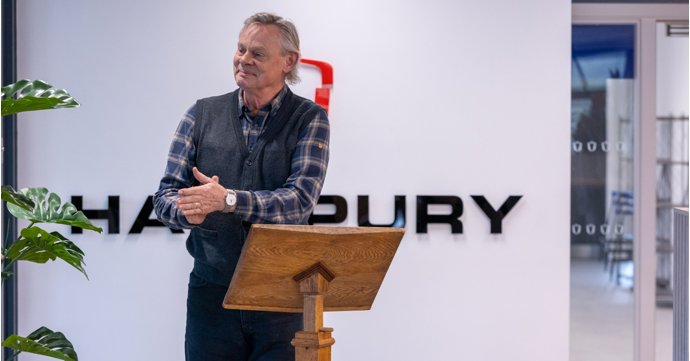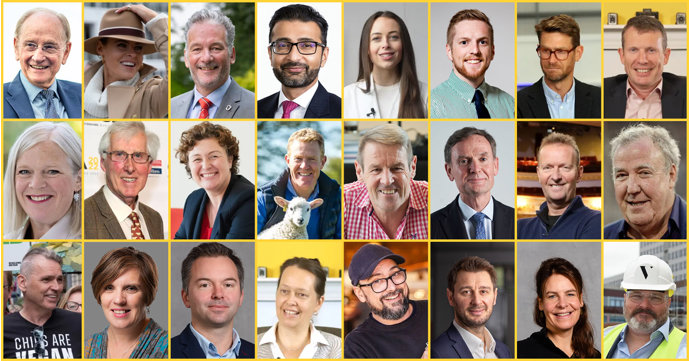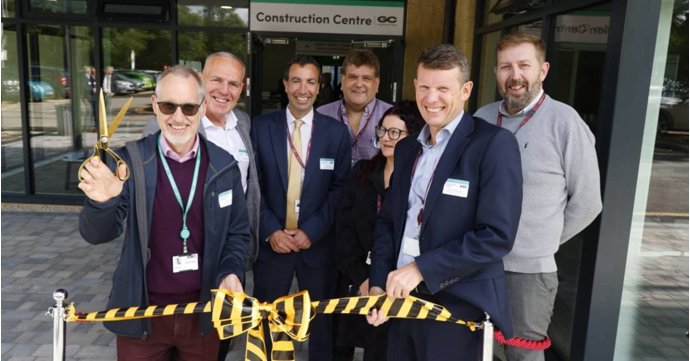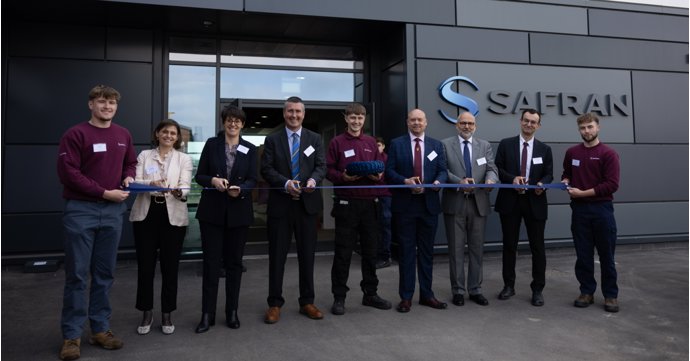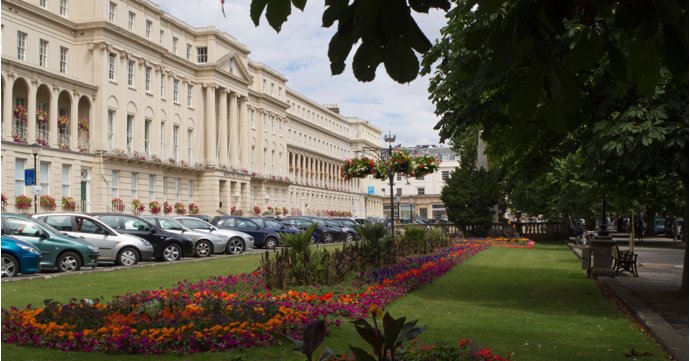Picture the scene: you're about to start a
building project and you need an architect. You know that if you make the wrong
decision and choose the wrong person, it could prove incredibly costly. So, just how do you make that decision the right one?
This is the million dollar question that faces many developers, but the answer, according to David Wint, isn't quite as difficult to achieve as you might think.
And he should know. Wint is an architect and senior associate at Gloucester-headquartered Roberts Limbrick. He is used to helping developers, mainly companies or the public sector, make the right decisions, no matter how experienced they are.
‘To start with, it is about taking a good look at the architects you are thinking of approaching. Most practices now have easy to navigate websites which give you a good idea of the kinds of projects they can do,' said Wint.
Roberts Limbrick, for example, which also has offices in Newport and London, lists a broad range of specialisms from residential, offices, education and healthcare to interior, leisure, urban design and landscape architecture.
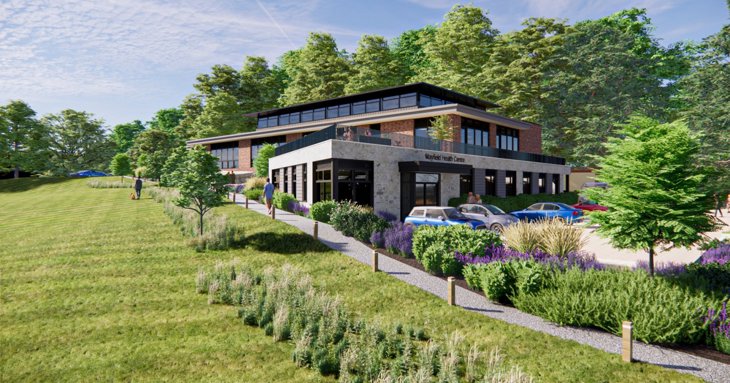
'We get work in lots of different ways. Projects can come through repeat clients, bids, or word of mouth referrals. But we also welcome phone calls from people who are looking for an architect and starting the journey for the first time.’
This is when the next stage becomes even more important — the initial discussions between the two parties before each side commits.

‘The brief-making stage is about getting an understanding of what the client wants and making sure they have considered all the options. This process is key to building trust and giving us the ability to design the very best building we can for them.
'At this stage, our job is to help remove uncertainty.
'It is not just about sitting around the table and talking. The process can involve site visits to completed projects, design workshops and wider consultation with key groups - all of which can help to guide the design process.
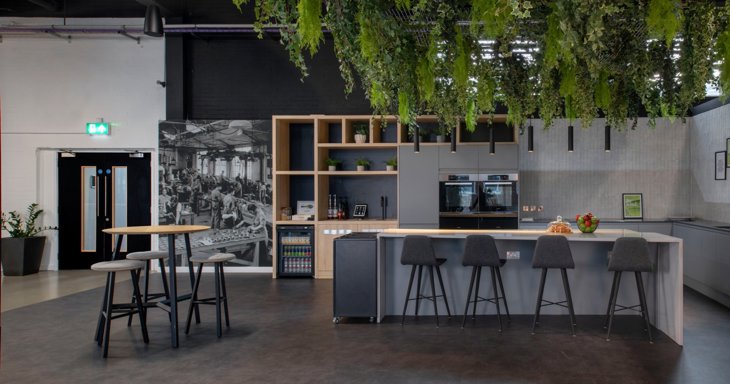
The firm can also help potential clients consider the interior as well as the landscaping (both specialist architecture services Roberts Limbrick has in its armoury).
And when it comes to that all important relationship, being a big firm also has other advantages too.
'A developer needs to be working with the right individual. We take time to understand what a client wants and choose the right person from within our team to work with them. Whoever that is will be able to tap into all the knowledge we have onboard. But it starts with building that relationship.'
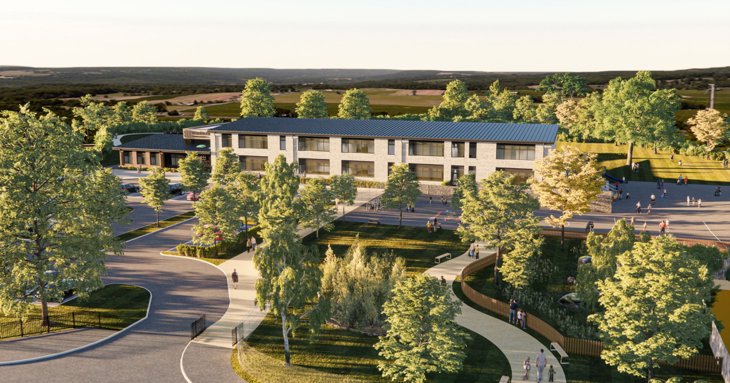
These early steps lead to the design and planning stage and, as the project progresses, this is where Wint says that relationship begins to develop further. Your architect's knowledge and management skills helping to take the job forward to a successful conclusion.
'We are back to communication again. You need to have an architect who is up front and honest so there are no unexpected surprises. If a client wants us to build to a price, we can do that.'
And then there is also that other unquantifiable factor that will help you realise you have the right architect for the job: they will want your project to be a success as much as you do.
‘I came here seven years ago. One of the first things that struck me was how passionate every member of the team was, no matter what the project, and how committed to delivering it they were.
‘We want all clients to count on us and believe in us. If we build that trust from the off, develop that relationship, then when the building starts they feel excited, and know we have a plan in place to deliver a successful project.
'We know how daunting the start of a project can be, so if you're not sure where to start, give us a call and we can talk you through the process.'



